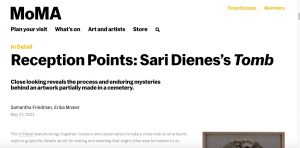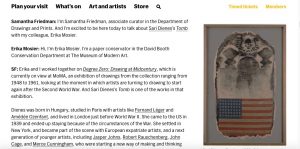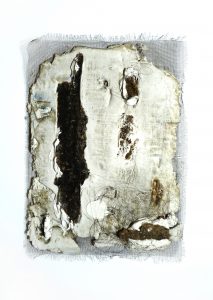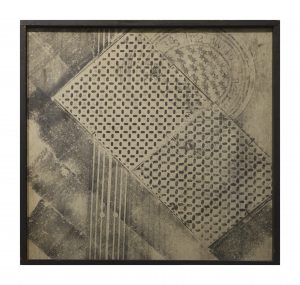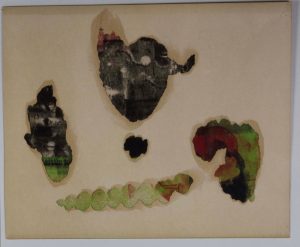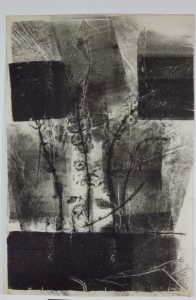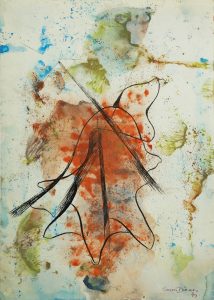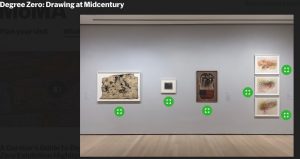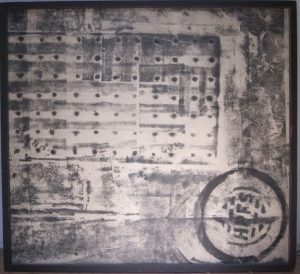Protofeminism in the Print Studio Lecture by Christina Weyl Sept. 21 6:30 PM EST
Our website uses cookies to understand how you navigate our content and to give you the best browsing experience.
Please read our Data Protection & Use Notification to learn more.
Proto-Feminism in the Print Studio
September 13–December 4, 2022
Spruance Gallery
Guest curator: Christina Weyl
Featured Artists:
Louise Bourgeois, Margaret Balzer Cantieni, Minna Citron, Worden Day, Dorothy Dehner, Sari Dienes, Jean Francksen, Francine Felsenthal, Jan Gelb, Ellen Lanyon, Norma Morgan, Louise Nevelson, Rachel Rosenthal, Anne Ryan, Miriam Schapiro, and Doris Seidler.
 Minna Citron, Men Seldom Make Passes on Women With Glasses, 1946, color etching and engraving with gauffrage, 14 15/16 x 9 15/16 in., Collection of Dolan/Maxwell
Minna Citron, Men Seldom Make Passes on Women With Glasses, 1946, color etching and engraving with gauffrage, 14 15/16 x 9 15/16 in., Collection of Dolan/Maxwell
Arcadia Exhibitions is pleased to present “Proto-Feminism in the Print Studio,” a group exhibition that explores women’s participation in the midcentury printmaking community. Guest-curated by Christina Weyl and featuring 35 works by 16 artists, the show will be on view at Arcadia’s Spruance Gallery through December 4, 2022.
“Proto-Feminism in the Print Studio” centers primarily around the women artists who were members of Atelier 17, the avant-garde printmaking studio located in New York City between 1940 and 1955. Featuring artists—well known and un(der)known—such as Minna Citron, Worden Day, Jean Francksen, Louise Nevelson, and Miriam Schapiro, the exhibition draws on visual and archival material to suggest how these women made technical advances within the graphic arts while simultaneously contributing to the growth of feminist networks and practices of collective action and collaboration.
During the 1940s and 1950s, hundreds of American women artists gravitated toward making prints, partly because the medium provided forms of access and agency not as readily available within painting and sculpture. Working in a range of styles, they studied at various print studios—including independent outfits and university classrooms—and exhibited their work in the era’s countless print annuals.
At a time when women struggled against structural sexism to earn solo exhibitions at top-tier galleries, these group print shows offered women artists a rare opportunity to garner critical notice. Women’s participation in the midcentury printmaking community also had significant collective impact. Through these networks, women met others with professional ambitions, compared notes about their struggles, and formed a sense of solidarity as marginalized members of the art community. In this way, women’s involvement with printmaking at midcentury fostered a range of proto-feminist attitudes and practices, such as collaboration, network building, and collegial support.
 Dorothy Dehner, Bird Machine II, 1953, engraving 8 x 13 7/16 in., Collection of Dolan Maxwell
Dorothy Dehner, Bird Machine II, 1953, engraving 8 x 13 7/16 in., Collection of Dolan Maxwell
About the Curator:
Christina Weyl is an independent scholar and curator with expertise on twentieth-century American printmaking. She received her BA from Georgetown University (2005) and completed her MA and PhD in art history at Rutgers University (2012, 2015). Her recent book, The Women of Atelier 17: Modernist Printmaking in Midcentury New York (Yale University Press, 2019) highlights the nearly 100 women artists who advanced modernism and feminism at Atelier 17, the avant-garde printmaking studio located in New York City between 1940 and 1955. With the support of a major grant from the Getty Foundation, she is currently co-curating an exhibition with Lauren Rosenblum for the International Print Center of New York focusing on Margaret Lowengrund and her pioneering effort to establish The Contemporaries as a hybrid printmaking workshop/gallery. She has published in Art in Print, Print Quarterly, and Archives of American Art Journal and contributed to several anthologies and exhibition catalogues. From 2014-2018, she served as Co-President of the Association of Print Scholars, a non-profit professional organization she co-founded in 2014. Prior to her graduate studies, she worked for Gemini G.E.L. at Joni Moisant Weyl, which represents the publications of the Los Angeles–based artists’ workshop Gemini G.E.L.
Link to Christina Weyl’s 2019 publication The Women of Atelier 17.
More information about Feminist Art Coalition.
Exhibition Events
Lecture
Christina Weyl
Networks of Sisterhood: Women Printmakers at Midcentury
September 21, 2022
6:30PM
Great Room, University Commons
Reception afterwards in Spruance Gallery. Both events are free and open to the public.
Pre-register for this event.
This in-person event will also be available for remote audiences via Zoom.
Podcast
Pine | Copper | Lime
Episode 70 : Christina Weyl and the Women of Atelier 17
“Women have always been fighting this struggle to make themselves known, to speak some truth to a community that may not want to hear it, but they’re there. They’re there and they need to be heard.”
In a podcast with Pine|Copper|Lime, independent scholar, curator, and writer Christina Weyl discusses her upcoming exhibition with Arcadia University. Their conversation was prompted by the Feminist Art Coalition.
The wide-ranging interview focuses on Weyl’s research for her recently published book with Yale University Press, The Women of Atelier 17: Modernist Printmaking in Midcentury New York.
Weyl is a wealth of information on twentieth-century printmaking, as well as this groundbreaking studio. We learn about how World War II was the catalyst that moved the studio from France to New York, the atelier’s connections to The New School and to the Surrealists, and the famous (and infamous) women who came out of it, from Miriam Schapiro to Louise Bourgeois.
Weyl also touches on the struggles of twentieth-century women artists that are especially relevant today, including the challenges of balancing work with family life, providing child care, and staying productive during a global pandemic.
Publication

The Women of Atelier 17
Yale University Press
2019


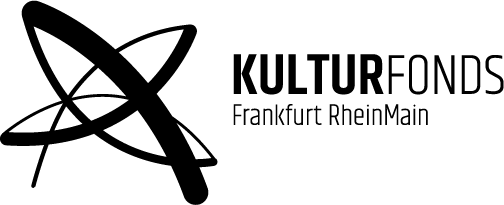
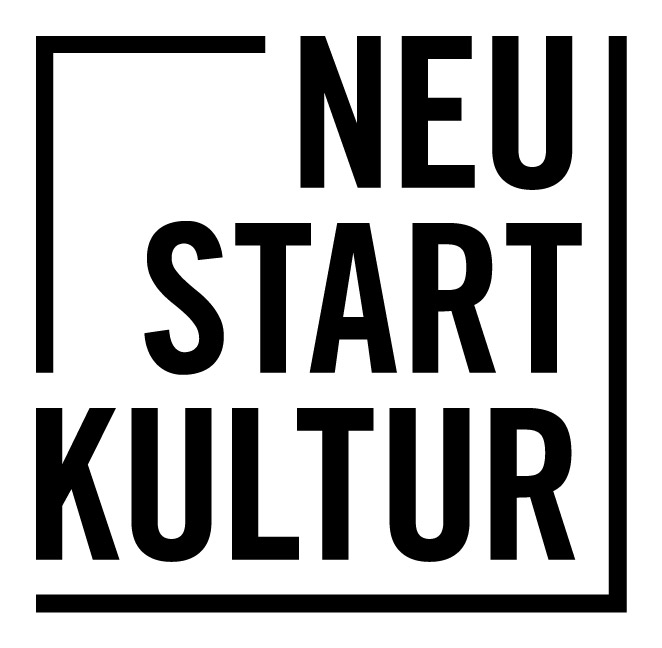
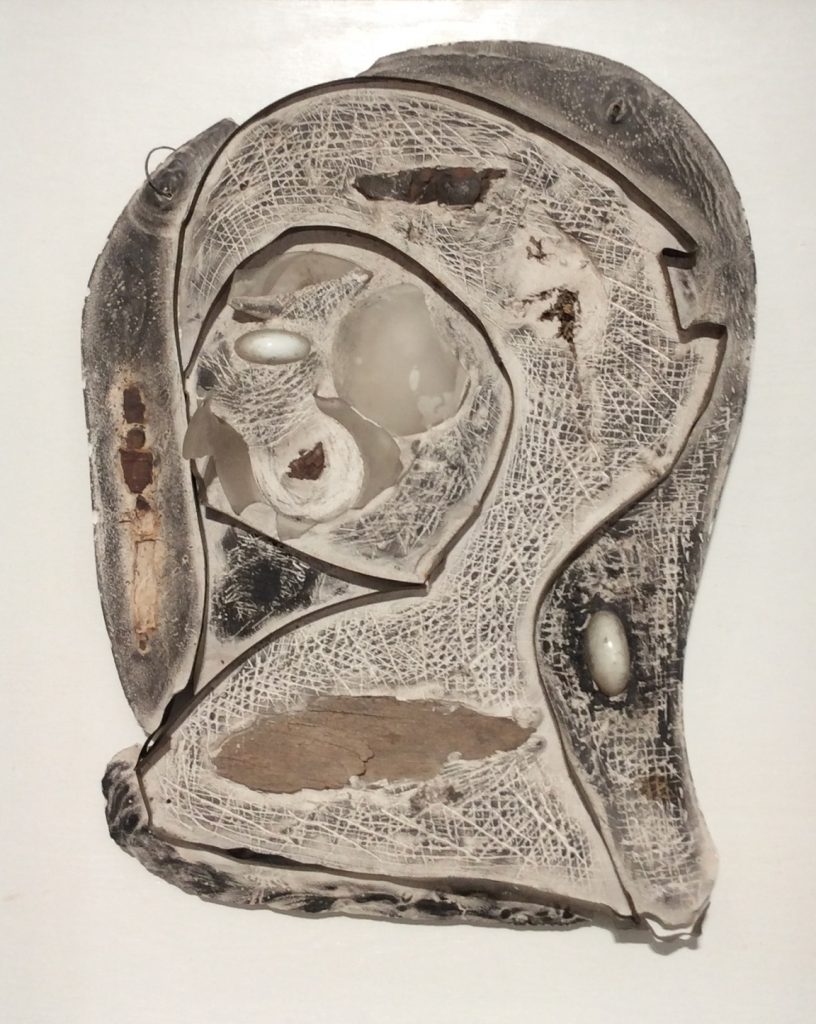
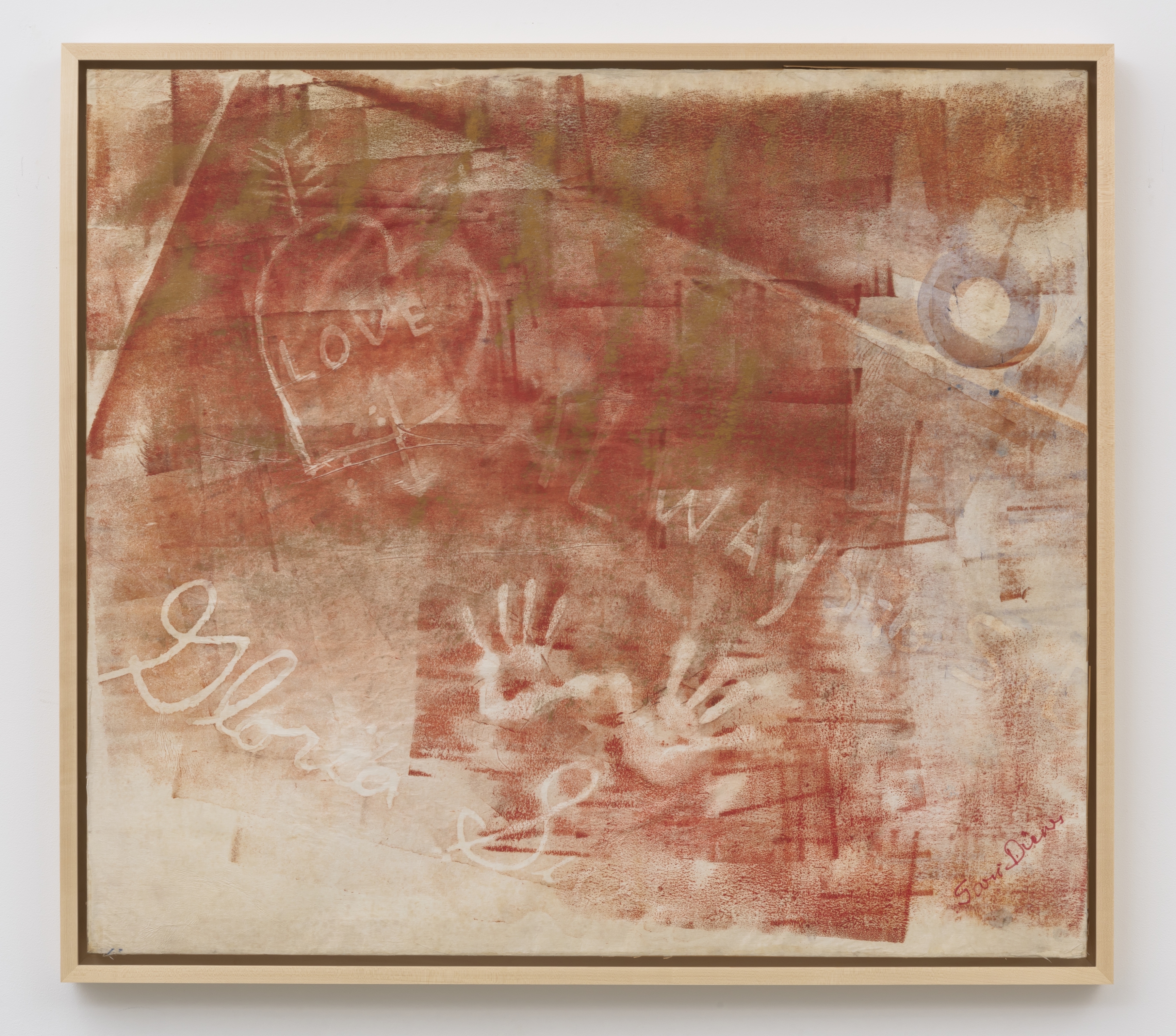
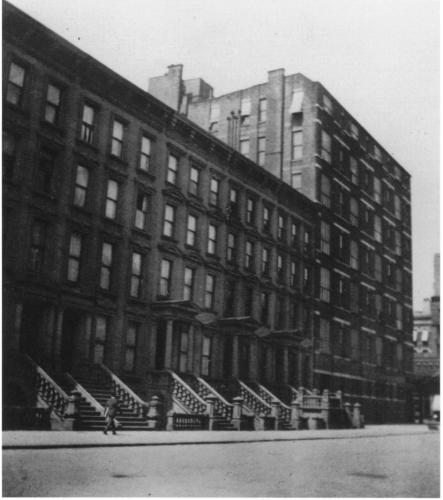
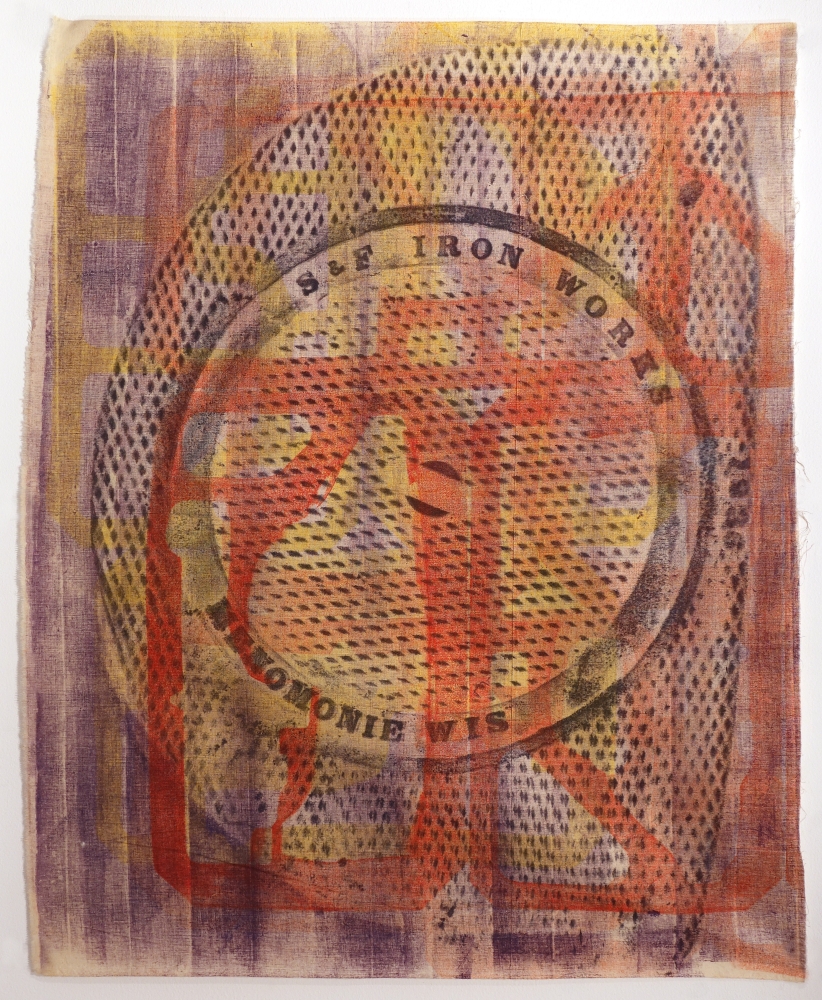
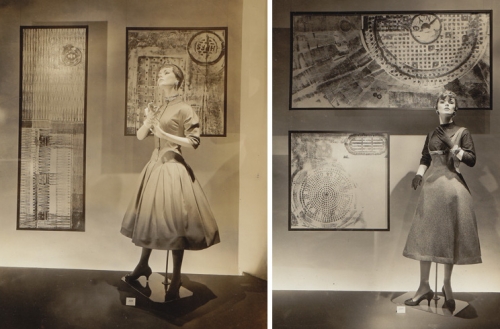

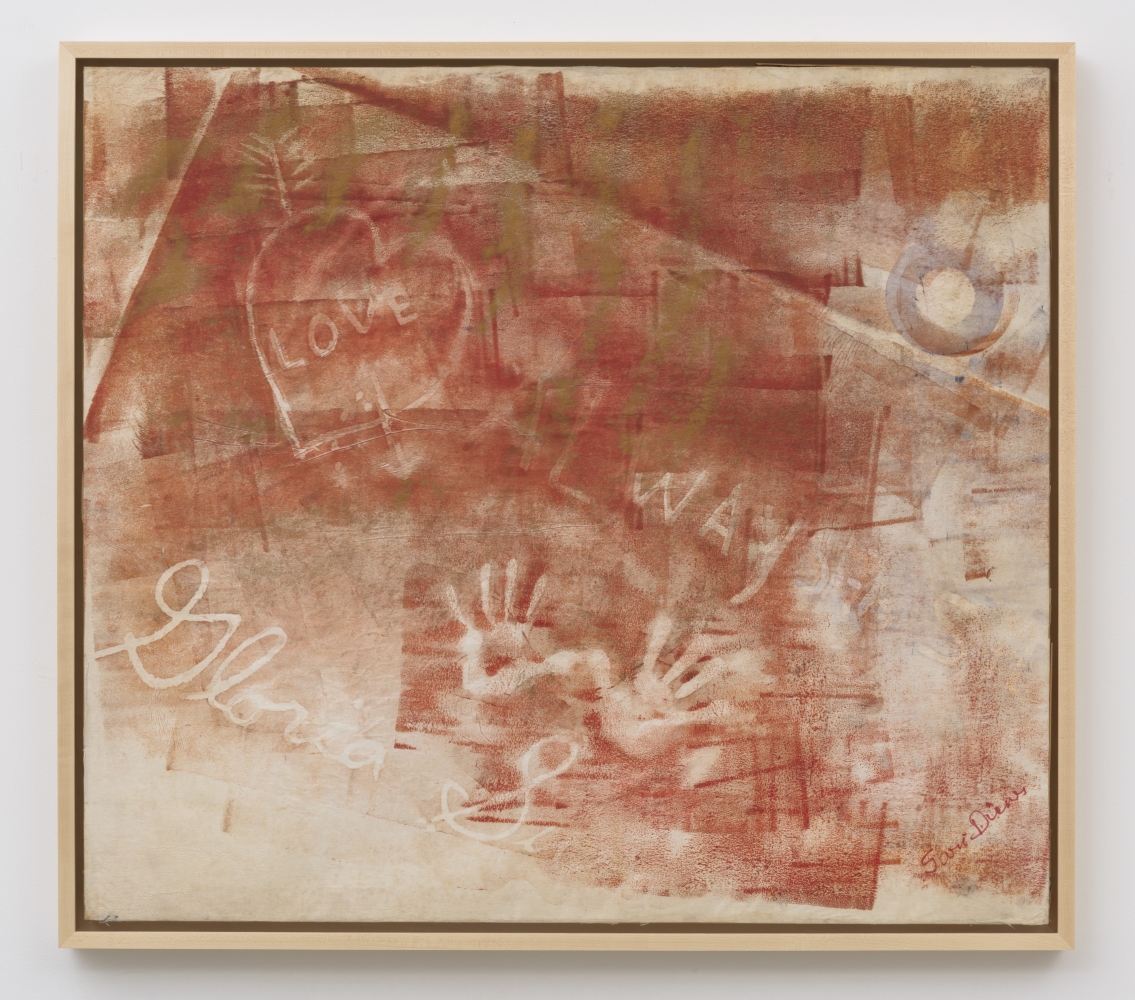

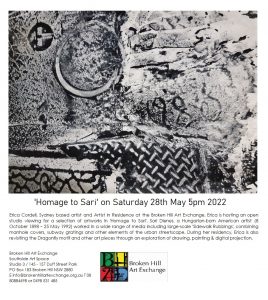
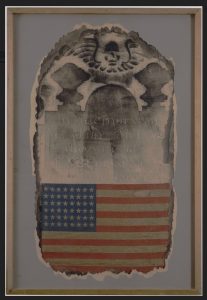 https://mailchi.mp/pavelzoubok/upcoming-program-and-gallery-artist-news-4771898?e=cb1ff62ada
https://mailchi.mp/pavelzoubok/upcoming-program-and-gallery-artist-news-4771898?e=cb1ff62ada

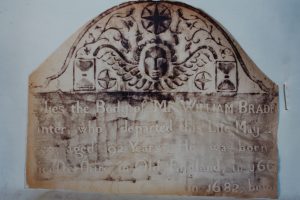
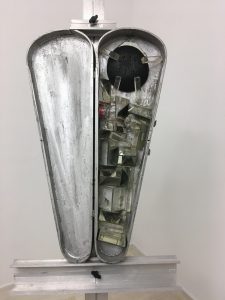
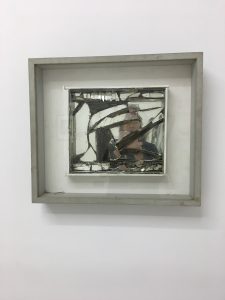
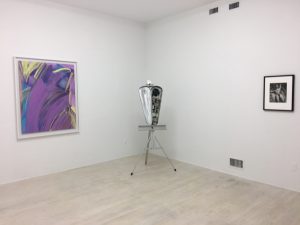 https://www.halseymckay.com/up-to-and-including-her-limits-sari-dienes-carolee-schneemann-sara-vanderbeek-press-release
https://www.halseymckay.com/up-to-and-including-her-limits-sari-dienes-carolee-schneemann-sara-vanderbeek-press-release